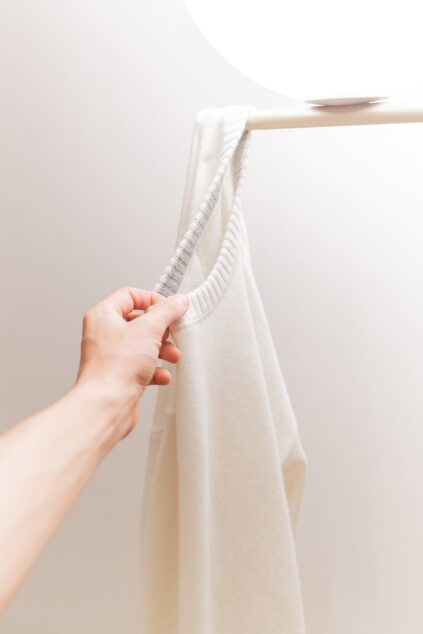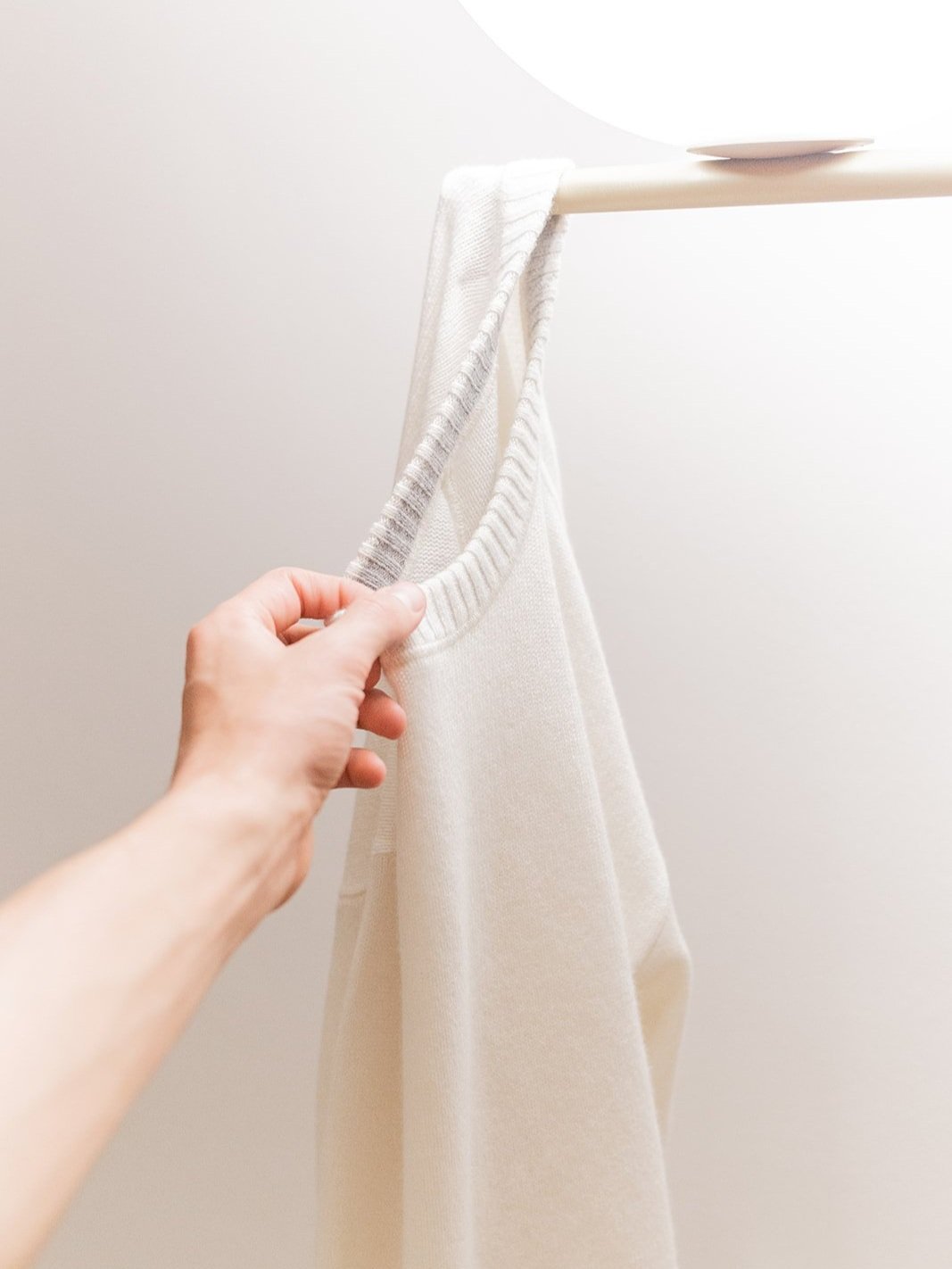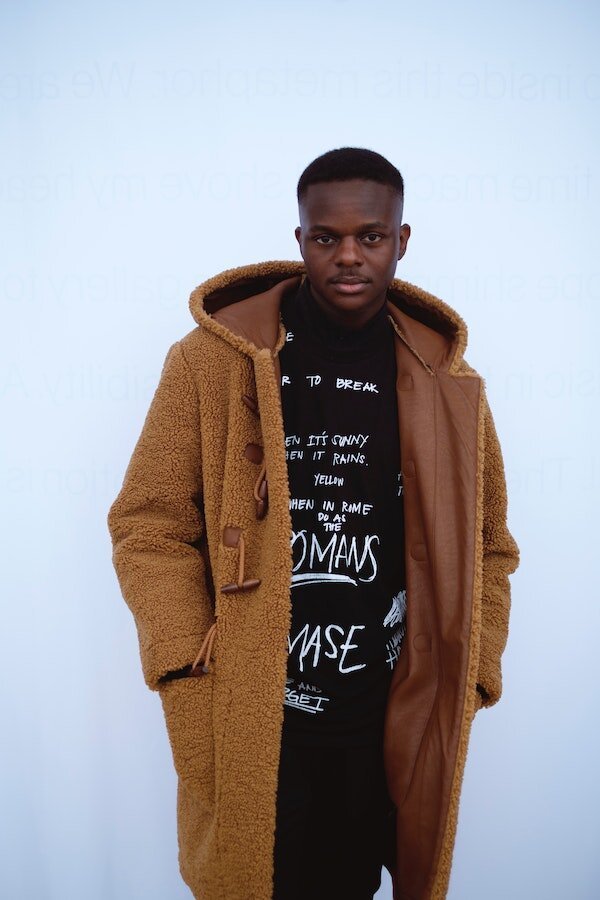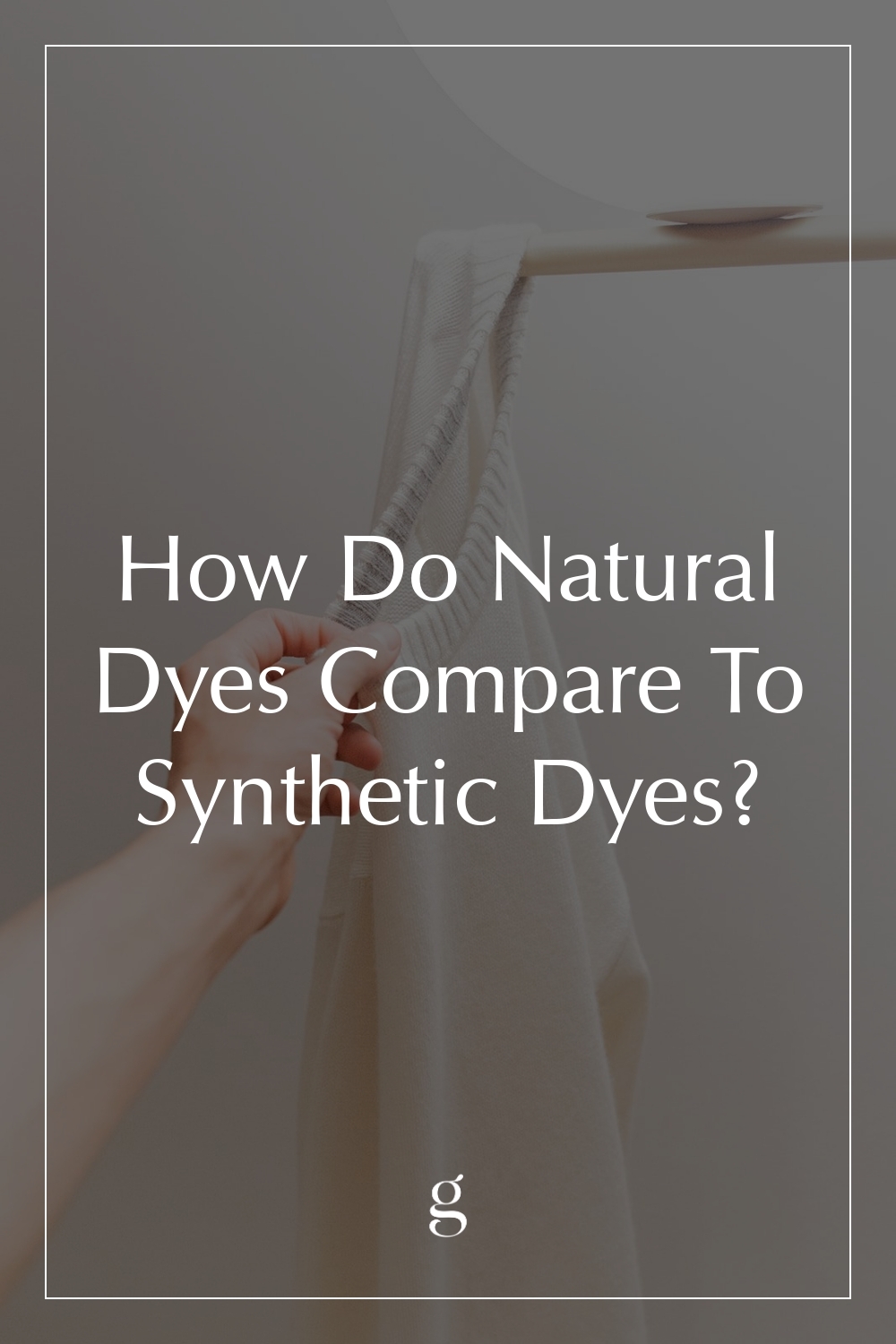
How Do Natural Dyes Compare To Synthetic Dyes?
Let’s Talk Natural Dyes
When I chose to attend art school I was elated at the prospect of being immersed in critical thinking, creativity, and hands-on experiences. I figured math and science would be left in high school and I would no longer be subjected to such dreadful classes. Little did I know that costume design actually requires you to be partly a mathematician and a scientist along with being an artist. Joke’s on me!
While I still don’t have the urge to embody all of those labels, the knowledge I gained is turning out to be very applicable to what I’m doing now. While in school we had a unit on dyes—what they are, how to use them, and what fabrics to use them with. While dyeing clothing still scares my perfectionist tendencies to no end, the processes are undeniably fascinating.
The invention of dyes (natural and synthetic) has made it possible for fashion to be as creative and exciting as it is today. Through various dyeing techniques and products, sustainable clothing brands are able to produce a variety of hues, designs, and color combinations.
“Color is a sensation, experienced by an individual, and is not communicable in words.”
– Technology of Textile Properties by Marjorie A Taylor
Why Are Synthetic Dyes Bad?
While natural dyes were established well before synthetic dyes, the human-created options have become much more widespread and are used in most of the clothing we see today. An artificial dye is mainly defined by being one that is made from chemicals and not naturally derived.
The benefits of using synthetic dyes are that they are far cheaper than the natural alternative, can be used on a variety of fabrics, and have the ability to produce incredibly vibrant colors. The downsides, however, are that these dyes are comprised of chemicals that include mercury, lead, chromium, copper, sodium chloride, toluene, and benzene. When I was first learning to vat dye—a process which requires a large dyeing vat and stirring the clothing inside—my teacher made it clear that I must wear gloves at all times and take breaks so I wasn’t constantly breathing in the chemicals. Imagine that on a massive scale that is fast fashion.
Dyeing and finishing facilities are often without proper ventilation or protection for the individuals who are working with these artificial dyes. From films such as The True Cost and River Blue, we know that most of the men and women dyeing our clothing are contracting diseases or even dying because of close contact, polluted air, and drinking water that has been completely contaminated by the toxic chemicals. This is the way the fashion industry currently operates, the way the entertainment industry currently operates, and the way we perpetuate a cycle of unhealthy practices.
So What Are Natural Dyes?
Synthetic dyes were first created in the mid-1800s and almost immediately adopted by many for their low-cost factor. Before then, people had to use what was naturally around them including plants, insects, food, and minerals. The earliest record of the use of natural dyes is from 2600 BC in China. By the 4th century AD, dyes made from wood and vegetables were discovered, as well as a shade of purple made from mollusks that was only affordable to royalty. More colors were created as centuries went by until the aforementioned shift to synthetic products.
While natural dyes have continued to be used by some, they are not nearly as widespread as they were before the 19th century. Since natural dyes are, well, natural they provide much less of a health risk to the dyer and those living near dye factories. However, there are certain materials and mordants (the elements used to adhere to natural dyes to fabric) that can be toxic as well. Along with this, there are a few other reasons that these types of dyes face an uphill battle to popularity.
“Colors derived from natural resources will fade on clothing over time because, just like organic food, there aren’t the preservatives sealing the color in.”
I mentioned previously that synthetic dyes are cost-effective, the opposite is true for natural dyes—they are extremely costly. These products are not nearly as accessible as artificial dyes and prove to require a lot more time, effort, and materials to produce.
In addition, there is the unfortunate truth that natural dyes cannot provide some of the same varied colors which artificial ones can. At least not yet. The use of chemicals is currently vital in creating the kinds of electric yellows or neon pinks we know today. Colors derived from natural resources will fade on clothing over time because, just like organic food, there aren’t the preservatives sealing the color in.
While employing the use of natural dyes in a collection or entire fashion brand is initially much more difficult than opting for synthetic, or even low-impact dyes at times, the environmental benefits cannot be beaten. Many small sustainable fashion companies have been able to find a way to safely provide naturally dyed garments in rich hues and even create styles. Older Brother, a Portland-based clothing brand, has been committed to using natural dyes from the start. They sell shirts colored from turmeric, mushrooms, indigo, and more to create muted palettes fit for the cozy climate they are made in.
What About Low-Impact Dyes?
Frankly, when I read or hear that a brand uses “low-impact dyes” I instantly think they are greenwashing. It sounds like one of those terms created to make customers feel better without asking tough questions. After doing a bit of research to understand what the label actually means, I understand that it is (surprise, surprise,) more complicated than I had originally thought.
Low-impact dyes, or fiber-reactive dyes, are categorized by their absorption rate. That may sound like a lot of jargon, though what it essentially means is that low-impact dyes have been given that name because they require less water in the rinse process of dyeing clothing and therefore less dye ends up running off into nearby water. This overall creates much less of an environmental impact than synthetic dyes do. These pigments do not require toxic chemicals and are free from heavy metals which have been linked to human health issues. Low-impact dyes are often certified by Oeko-Tex® Standard 100 as eco-friendly, though they are not completely free from environmental harm.
“Hopping on board this sustainable fashion train requires you to let go of what you think fashion can or should look like, and embrace what naturally occurring materials can produce.”
In the sustainable fashion community, we all want to be able to tell others that consciously produced clothing can be an equal replacement for synthetic garments, though the truth is there is no equivalent. Fast fashion and sustainable fashion will never be equal in the way we wish to directly compare items, fabric, and dyes. Hopping on board this sustainable fashion train requires you to let go of what you think fashion can or should look like, and embrace what naturally occurring materials can produce. It’s, again, a change of mindset, not a replacement.
Audrey Stanton was born and raised in the Bay Area and is currently based in Los Angeles. She works as a freelance writer and content creator with a focus in sustainable fashion. Audrey is deeply passionate about conscious living and hopes to continue to spread awareness of ethical consumption.





